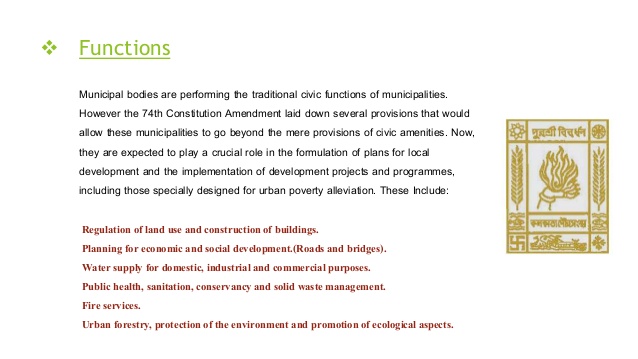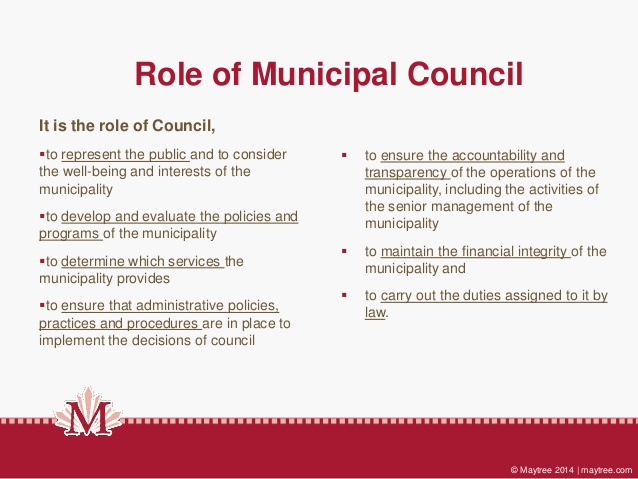Relevance: Mains: G.S paper II: Polity: Governance
Context:
- This development may again give rise to the demand for a ‘strong mayor’ helming urban local bodies (ULBs), as the role of the Delhi Chief Minister is treated on a par with the role of a mayor of a municipal corporation.
• With electoral politics in India becoming increasingly personality-centric, the idea of an empowered mayor may find many takers.
Indirect elections:
- The larger issue at hand is the quality of urban governance. It is unrealistic to expect a high quality of governance as long as political parties have a complete grip over the way civic bodies function.
• It is time policymakers and political leaders began to seriously contemplate party-less elections to ULBs.
• It has been debated at the All India Mayors conference. But due to the unwillingness of parties to examine the concept, the idea has not taken off.
• Already, in a majority of the States, the election for the posts of presidents and councillors of gram panchayats is done on non-party lines. At least in respect of rural local bodies (RLBs), there is some justification for the presence of political parties as, otherwise, caste alone might determine votes.
• In ULBs, the caste factor remains subdued, especially during elections. Besides, there is no sound rationale for holding polls for ULBs on party lines as these bodies neither legislate nor frame policies.
• Also, there is no scope for any political ideology to play a role in the affairs of ULBs. The main task of the bodies is to handle problems concerning sanitation, water supply and solid waste management.
Criticism:
- Protagonists of the party system may point out that there has been a tradition of political leaders heading ULBs.
• They may also argue that the participation of political personalities in elections to ULBs cannot be prevented. But the reality is that the calibre of the political leadership is in short supply and the issues concerning ULBs have undergone a sea change over time.
• According to the 2011 Census, there are about 8,000 towns in India.
• There are at least 50 cities or urban agglomerations with more than a million people, says the 15th Finance Commission.
• These cities face challenges of pollution, ground water depletion and sanitation.
• There are also inter-State disparities in the level of urbanisation and in the urban poverty ratio. ULBs don’t have finances, a problem ignored by the elected representatives.
Parties have nothing to fear:
- There is also political justification for why elections to the ULBs should take place on non-party lines.
• Under the present scheme, Chief Ministers do not want strong ULB chiefs to emerge, especially if the person happens to be from his or her party.
• This explains why parties prefer indirect elections. On the contrary, if the polls are held on non-party lines with direct elections for chiefs of ULBs, a new crop of leaders will emerge outside the political class.
• Well-educated and well-qualified youngsters will be encouraged to take part in the election process.
• More importantly, municipal elections are bound to become cheaper as there will be no need for competitive spending by nominees of rival parties.
• Even if some successful mayors emerge in the process and want to take on established parties in the Assembly or Lok Sabha polls, this will be a herculean task for them, so parties have nothing to fear.
• In fact, parties stand to gain, as MLAs may not be villified for all the wrongdoings of local bodies.
Way forward:
- Questions will be raised about the credentials of candidates for the post of mayor.
• State Election Commissions can prescribe qualifications for mayors, over and above the existing ones, to address them.
• The issue of cohesion between mayors and councils will also be raised.
• ULBs can have meaningful empowerment only if the concept of non-party elections is adopted. This is a prerequisite for the implementation of the ‘strong mayor’ model.



